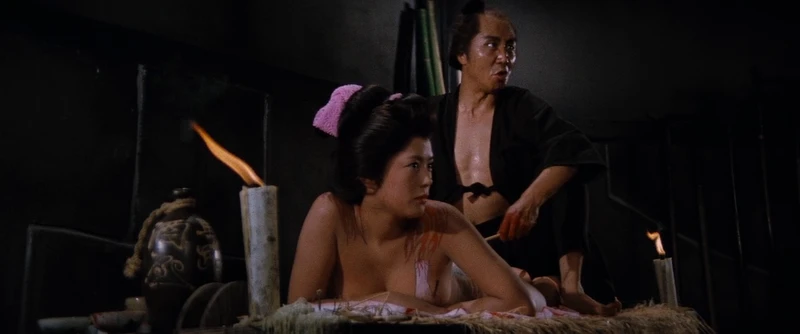Tokugawa onna keibatsu-shi AKA Shogun's Joy of Torture (1968)
| director: | Teruo Ishii |
| release-year: | 1968 |
| genres: | horror, sexploitation |
| countries: | Japan |
| languages: | Japanese |
| fests: | Sexploitation Horror Fest (2022) |
Japanese sexploitation horror fable, presented as an anthology of three independent tales of torture with a shared underlying message about the cruelty of man.

Opens with Star Wars-style scrolling text with a voice-over explaining the moral justification of the film we are about to watch, so we know it's not merely a bunch of bloody, sexy shots of gratuitous gore, but an important historical lesson about the cruelty of Edo-period Japan and why we should appreciate and protect our current system of judicial punishment.
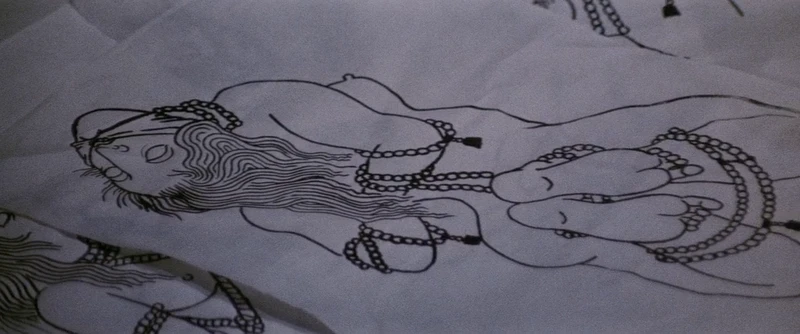
Then, a few seconds later, they chop a girl's fake plastic head off with a sword, and then burn a topless woman in a pyre. Another lady's legs are ripped off, but the scene is so terribly underexposed that you can't really tell. This isn't part of a story, it's just to get us warmed up with a bit of casual disembowelment.

We meet Mitsu, whose brother is bleeding to death because a log fell on his head. They master of the local inn pays for the doctor without their permission, and then expects both brother and sister to work for him. And by work, I obviously mean slavery. Everyone in town not only agrees, but seems insistent on making this happen.
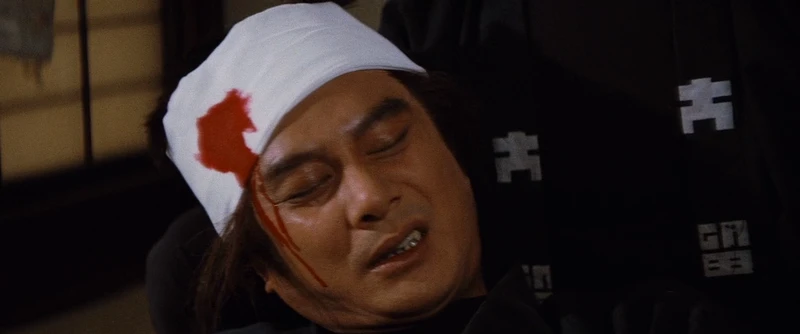
There is completely unnecessary use of voice-over to express Mitsu's inner concerns, when she could have just stated them out loud.
She goes to visit the inn master, who wears a very obvious bald cap. I'm not sure if the other actors legitimately shaved their heads, or just wear their caps better, but nobody else has such an obvious cap line on their foreheads.
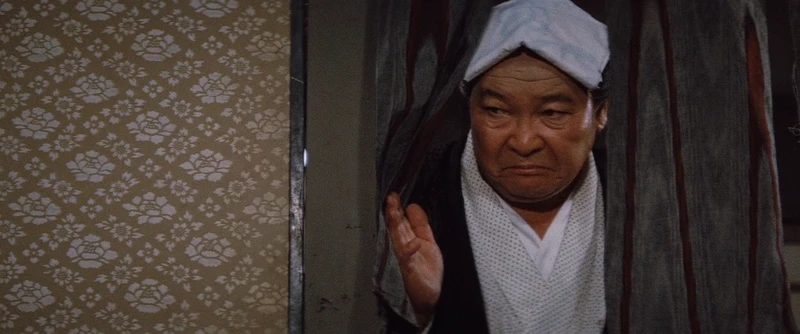
The master insists on taking repayment in sex, in addition to money, very much against Mitsu's wishes. On her return home, her brother immediately deduces what happened and fully intends to go on a murderous rampage, but is too weak.
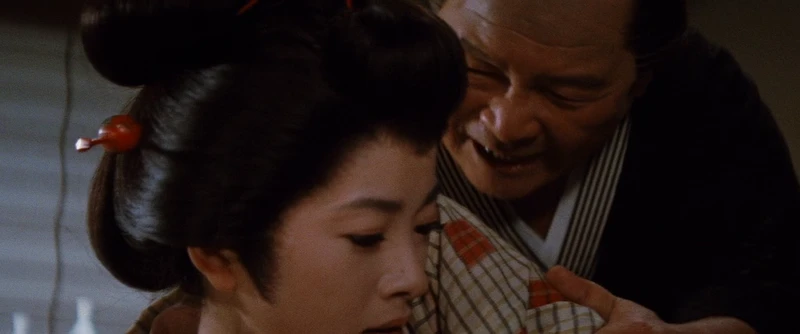
And then, in a bizarre twist, her brother rapes her while wildly confessing his ever-lasting love and dismissing incest as a wrong that he simply must accept. He gives quite a monologue on the topic. She is significantly less opposed to this experience, and they end up confessing their love for each other.

All does not end well for them, and she ends up on trial for the murder of her brother, though "trial" here means brutal whipping. Despite all of the torture, she never admits to the incest.
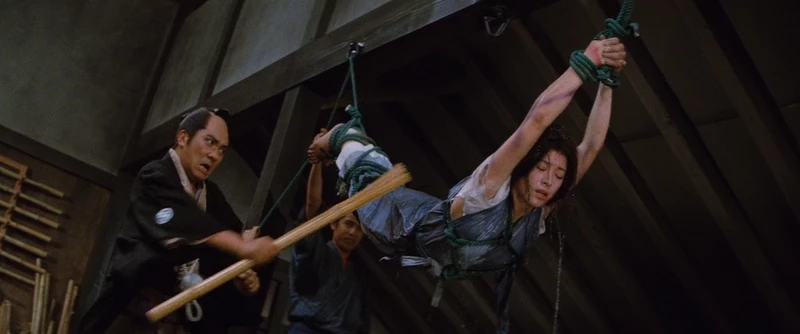
To add to the unnecessary voice-over, which keeps coming back, the judge-like guy catches us up on the whole plot by flatly restating it to the camera. Her inner voice-over convinces her, without any particularly good argument, to suddenly flip strategies and confess. She's sentenced to death by drowning in a reverse crucifixion on the beach during a rising tide. Everybody takes this time to have some voice-overs.

In the next story, a new head nun arrives at a village nunnery. She is informed that there is a temple next door, and priests and nuns are never to cross the invisible boundary between them. As she is told this, a priest is seen running across the boundary.

The nuns are bald, and their bald caps are much worse than the guy's in the first story. Very wrinkly heads.
We see that the head nun and the servant she brought with her are secret lesbians. They have struggled with affairs before. This head nun seems to like priests, too.

The musical accompaniment is quite sparse in this movie, and that becomes very pronounced in a scene with an illicit meeting between a naked priest and nun. Shot outdoors, we hear the very loud chirping of a bird, and nothing else. The lack of music seems intentional, but also like something is missing. Some oboes fill in the silence when the awkwardly slow sex begins.
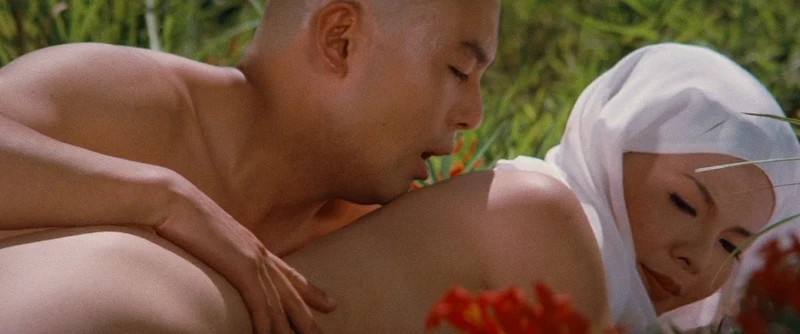
Head nun watches silently from the bushes, and seems to enjoy it. She intercepts the priest and demands that he "purify" himself, naked, in a waterfall. Zero surprises when she disrobes and joins him under the pretense of testing his purity. They both fail the purity test. The camera cuts to a waterfall when her toes curl.
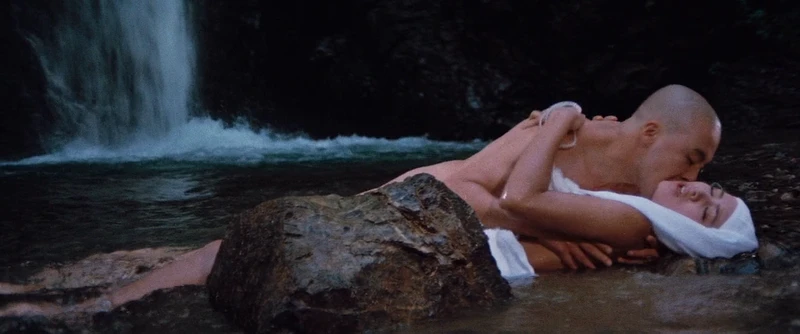
The priest seems to really love the first nun, so head nun punishes her out of jealousy. This involves putting her in a cauldron with baskets full of eel-like fish, and then filling her vagina with chili peppers, and follow those up with a red-hot fire poker.
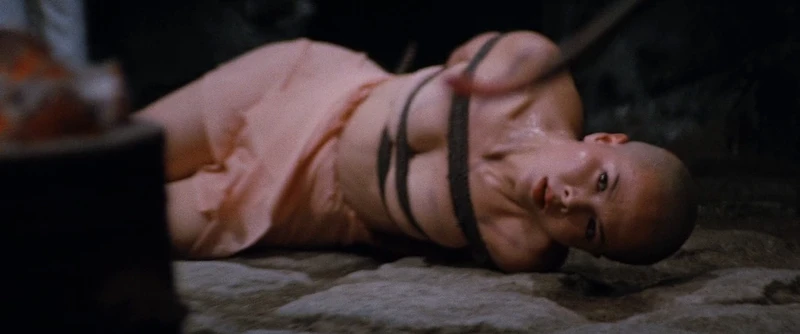
Again, a character (head nun's servant) recites the entire story back to us, in case we couldn't keep track of ten minutes worth of simple plot on our own.
Head nun whacks the priest, too, when he doesn't reciprocate her desires. She carries his severed head around, talking to it and laughing. When the samurai cops come to get her, she whacks herself.
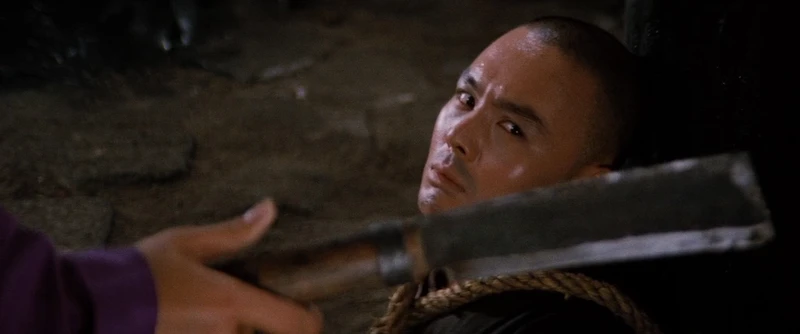
All the nuns from the nunnery get executed by crucifixion.

Third and final tale, we meet a tattoo artist giving a geisha a giant back tattoo. Receiving a tattoo in 1600s Japan doesn't look comfortable. The tattoo is revealed to be of a large-breasted topless woman bound in shibari bondage. The people of the village are truly impressed, except for some passing lord who laughs and insults it as not showing "true agony."

The voice-overs inform us that the tattoo artist is not happy to have his art insulted. He heads to the geisha bathhouse to pick a new subject for his next tattoo. The wacky bathhouse operator performs a slapstick comedy routine, which briefly lightens the mood of this otherwise completely flat-toned film.
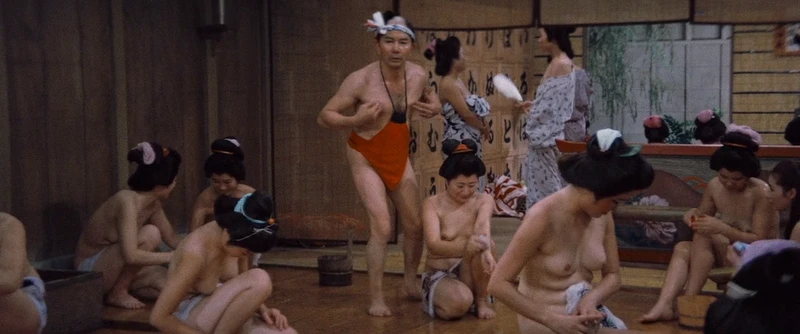
He picks his girl, but rather than asking her he just knocks her out (with a stomach punch?) and somehow drags her home. He keeps her drugged with the narcotics he conveniently had stashed in some origami squares, and gives her a surprise tattoo. "After I tattooed her private parts, she became compliant," he says, to explain why she consents to a fully body of tattoos.
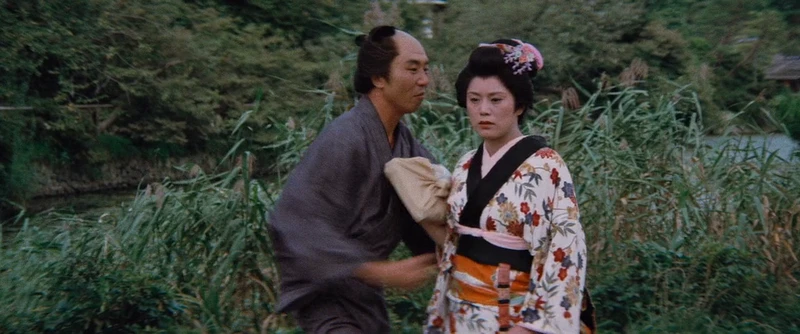
The lord tells him he must witness true agony to draw it. The geisha joins him on a walk to Nagasaki to watch the lord torture Christian women in fancy European dresses.
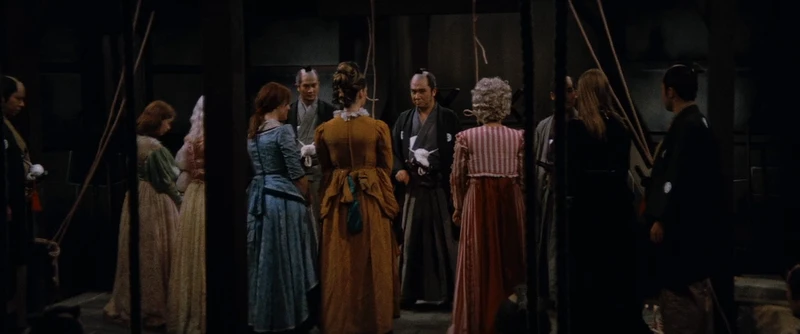
The whole lot of them are kicked around, screaming like idiots, and tortured with interesting methods like having large concrete slabs placed on their laps while they are kneeling. We must suffer through several minutes of loud, grating, high-pitched screaming. but the artist apparently finds the look of agony he was seeking.

The cinematography up to this point has been fine, but uninteresting. Everything is framed well enough, lit well enough, moves well enough, and stays out of the way. Here, though, there are suddenly some really nice shots with angles askew and intriguing backgrounds.
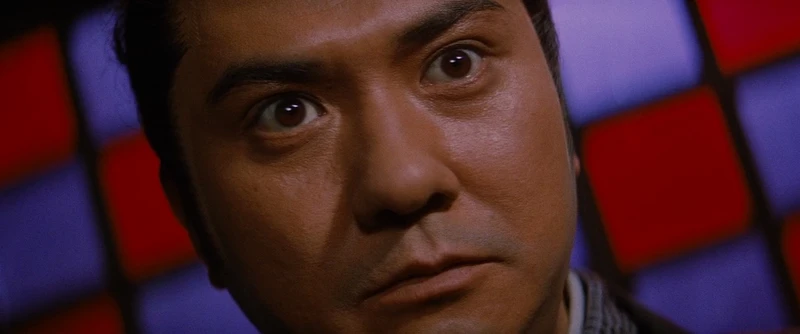
He paints his new geisha with another full back tattoo of a woman in bondage, but demands to see more torture before he can finish it. They bring him to the torture dungeon... in Nagasaki? With the same women? Well, however that makes sense, he completes the tattoo in the torture dungeon while they escalate the violence.

To get his final inspiration, he stabs the lord in his gut with a sword, and finishes his masterpiece as the lord bleeds to death while pinned to a wooden post. The back and forth between their faces goes on long after we get the point, but the tattoo looks pretty rad.

They come to arrest him, he sets the place on fire, and a big mess of poor editing decisions later, he dies.

At the end of each of the three segments, the second-in-command shogun questions whether the punishments are appropriate to the crimes. In the last, he wonders aloud (via voice-over) whether violent punishment is ever the answer, or if violence merely begets more violence. Each story, and the film as a whole, make a half-baked argument against torture and capital punishment. The film does not, however, in any way, make an argument against depicting artificial torture for entertainment. Oh no, it does not make that argument at all.
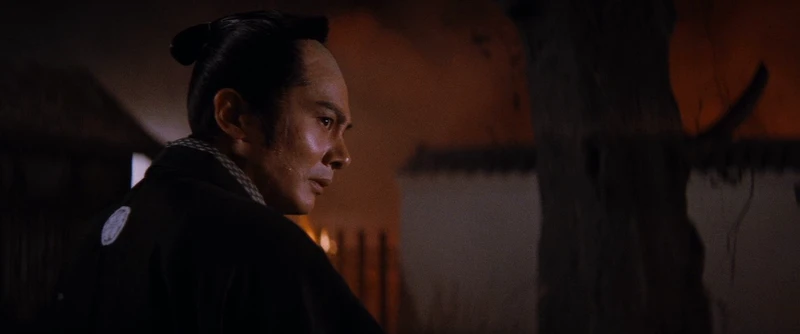
Now is a good time to learn the Japanese term ero guro nansensu, derived from the Japanese pronunciation of the English words "erotic grotesque nonsense," an art style that rose to prominence in Japan in the 1920s, and rose to prominence on my hard drive about a month ago.
